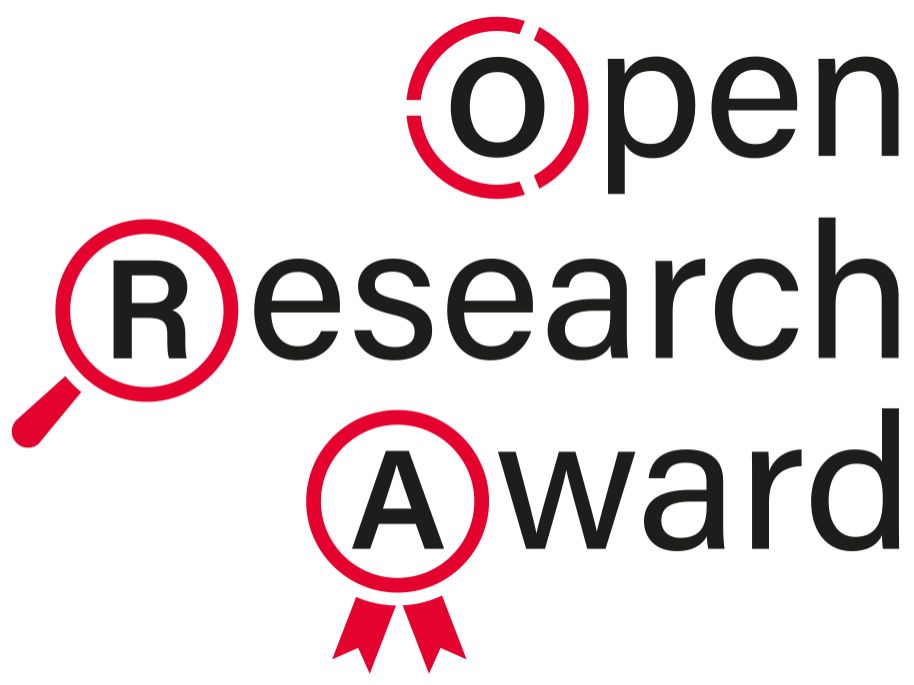From academia to society – improving the quality of science journalism

Mass media are an important and effective channel for disseminating medical news. Unfortunately, messages often contain, intentionally or not, exaggerated claims that are not supported by the research itself. However, journalist are not always the ones to blame, and scientists themselves have an opportunity — and a responsibility — to improve the communication about their research. In this case study, I describe the challenges and difficulties that I encountered while trying to present the results of research on a sensitive topic: side effects of oral contraceptives.
Google oral contraceptives and depression, and you will find it’s a hot topic. Online conversations stretch from intimate user posts talking about their personal experiences to political debates that are expressions of religious or social beliefs. So when I published the results of our observational study, reporting that young women on the pill had 21.2% higher depressive symptoms scores than their non-using counterparts, ( 1) I felt obliged to convey our findings to society in a honest way. After all, I didn’t want our work to be taken as a recommendation for limiting oral contraceptive use.
I have learned a great deal from this experience, and have three tips for researchers to increase the likelihood that the media don’t exaggerate research findings. First, write an honest press release and offer journalists some talking points. Often, exaggerated claims are already present in the press releases issued by universities. (2)
Hence, wanting to convey an honest message, starts with you. In our press release, our main message was that, because of the study design, a cause-effect relationship could not be established. Boiling down your findings to easy-to-understand talking points was great practice that contributed tremendously to my own understanding of our research. Fortunately, most journalists did a great job translating the message. (3, 4)
However, an honest press release was not a closing solution, as some titles still contained exaggerated claims. (5, 6)
However, conveying your message orally (e.g. television) instead of in writing to a broad public is a different profession, and needs practice. Therefore, my second tip is to rehearse the talking points by discussing your research with others (preferably nonscientists). During my first interview with a journalist for a national news channel, he refused to include our research in the broadcast because the message was ‘too’ nuanced. A couple of interviews later however, I was able to simplify the findings and hence it was accepted for television. (7)
Finally my last tip is to write or talk about your research yourself. It’s odd that we often work on research for years, but eventually wait-and-see whether media will translate the findings well. A platform I used to convey my message is Dokter Media (www.doktermedia.nl). This non-profit platform aims to explain and indicate health-related science news in layman's terms. I wrote a review (8) and started a podcast (9) about the meaning of our findings so those would be accessible to anyone interested. Motivated by my own experiences, I am now an editor at Dokter Media. With the focus on Open Science, I aim to raise awareness among scientists that they have an obligation to society, and an opportunity at our platform, to communicate about their research. In sum, scientists have an opportunity and a responsibility to communicate their findings to interested people from society. Though this can be difficult, providing talking points for journalists and rehearsing the essentials of your findings are good practice for conveying a clear message. If you want to talk about your research without the interference of others, Dokter Media is inviting researchers to write or talk about their findings in a nuanced way.
References and further information
- de Wit AE, Booij SH, Giltay EJ, Joffe H, Schoevers RA, Oldehinkel AJ. Association of Use of Oral Contraceptives With Depressive Symptoms Among Adolescents and Young Women. JAMA Psychiatry. Oct 2019;
doi:10.1001/jamapsychiatry.2019.2838 - Sumner P, Vivian-Griffiths S, Boivin J, et al. Exaggerations and Caveats in Press Releases and Health-Related Science News. PLoS One. 2016;11(12):e0168217.
doi:10.1371/journal.pone.0168217 - Nieuws R. Meisjes van 16 die aan de pil zijn hebben vaker depressieve gevoelens. RTL Nieuws. Accessed August 28, 2020.
- Broersen S. Adolescenten aan de pil hebben meer depressieve symptomen. Medisch Contact. Accessed August 28, 2020.
- Huhn M. Birth control might be making teens depressed. New York Post. Accessed August 28, 2020.
- Radar. Meisjes aan de anticonceptiepil vaker depressief. Avro Tros. Accessed August 28, 2020.
- van Akkeren G. Meiden van 16 aan de pil hebben vaker depressieve gevoelens. OogTV; 2019.
- de Wit A. Meisjes van 16 die aan de pil zijn hebben vaker depressieve gevoelens. Accessed August 28, 2020.
- Leeman F. Maakt de pil depressief?


